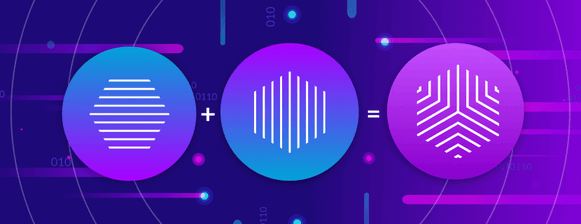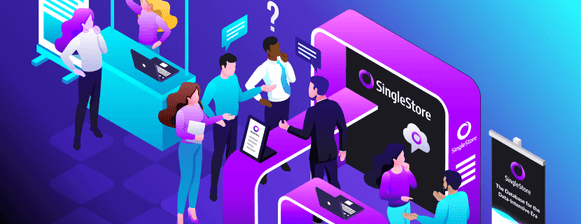
Data Intensity
Beginner's Guide to HTAP Database

Trending
Reducing Energy Consumption Via Real-Time Data

Company
Re:wind AWS re:Invent 2022

Product
SingleStoreDB Outshines Major Database Competitors in TCO Study

Company
SingleStore Community: Meet Akmal Chaudhri, Developer Advocate

Product
2021 Roundup of Product & Developer Community News

Company
SingleStore Community: Hello Joe Karlsson, Developer Advocate

Product
Migrating from MySQL to SingleStore: Just Hit the ‘Easy’ Button

Product
Straight to the Point: Why Developers Choose SingleStore to Turbocharge Their Apps

Product
Limitless Point-in-Time Recovery: What's in It for DBAs, Execs and Developers?

Product
The Antidote for Data Architecture Complexity: A Unified Database

Product
Taming the Wild West: SingleStore Fast Analytics for Streaming Media

Product
New eBook! Why Developers Choose SingleStore: No Filter

Data Intensity
How to Accelerate Analytics for SaaS Developers

Trending
Carbon, Cloud, and the Modern Data Estate

Data Intensity
If Your Business Is Not Working In Real Time, You’re Out Of Time To Capture The Business Moment

Case Studies
Nucleus Security and SingleStore Partner to Manage Vulnerabilities at Scale

Product
MemSQL is Now SingleStore

Case Studies
Infosys and SingleStore: Working Together

Data Intensity
What is The Database of Now™?
Showing 20 of 22 items